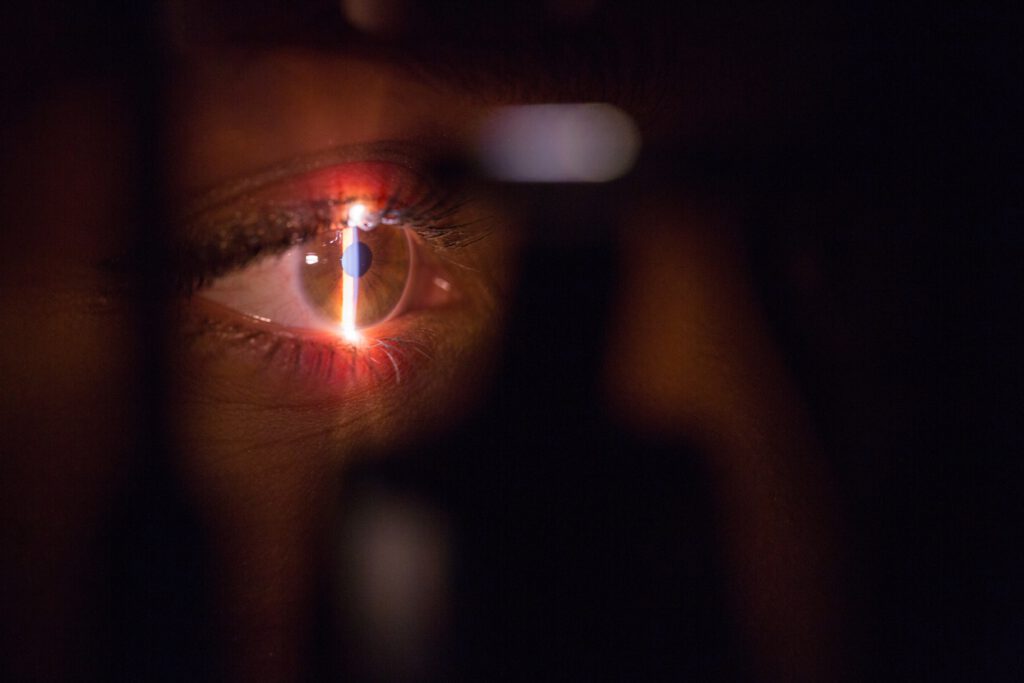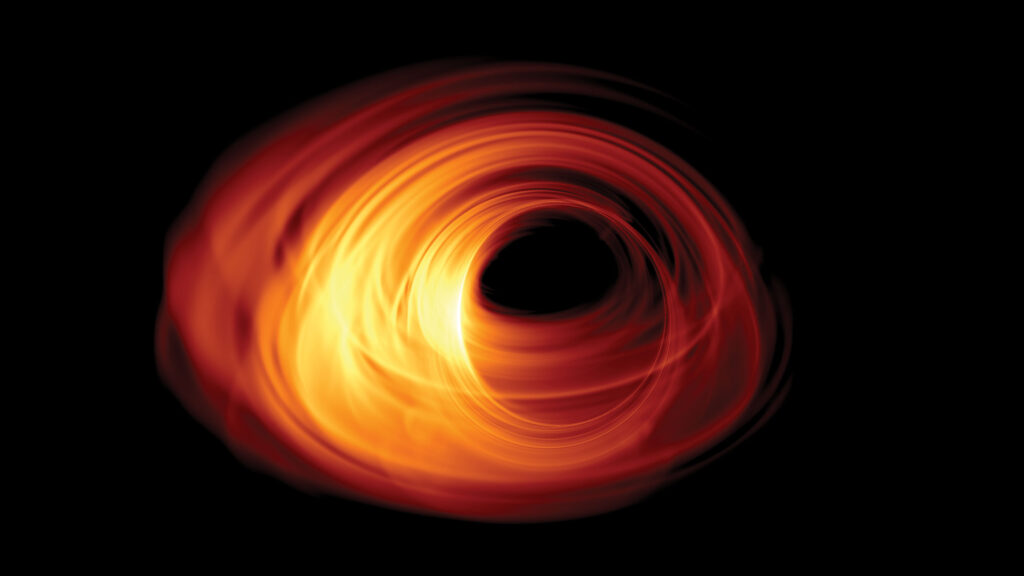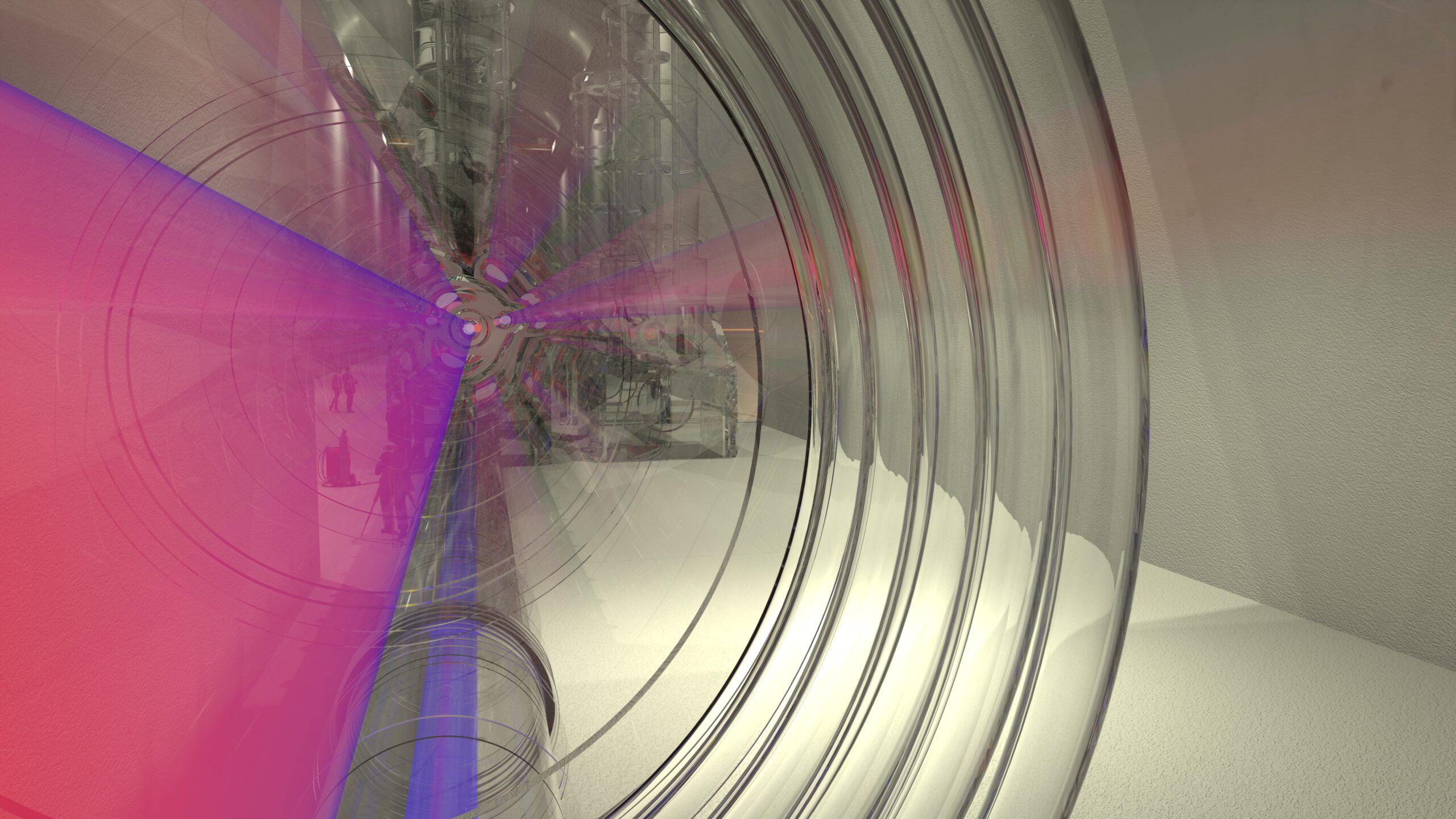Technological Challenge

The Einstein Telescope itself will be a highly precise interferometer to measure the gravitational waves. By measuring the change of the interference pattern of two laser beams, the occurrence of a gravitational wave can be observed and validated. For this, the laser will be one of the key technologies for the functionality and has highly demanding requirements: Since the gravitational waves are very hard to measure, a laser beam source with an extremely narrow line width, a high stability and high power at a wavelength of ca 2090 nm is needed.
In the current design a crystal-based oscillator seeder will be used for the generation of the narrow-linewidth radiation, which will be amplified within a two-stage holmium-doped fiber amplifier. For the pumping of the crystal-based seeder and the holmium-doped fiber amplifiers, additional thulium-doped fiber lasers will be developed.
Lasers are being used in GWD at wavelengths of 1 µm and 1.5 µm. Fiber lasers at 2 µm are commercially available. The achieved linewidths and stabilities are not sufficient for GWD (Gravitational Wave Detectors).
Relation to the Einstein Telescope
Relation to the Einstein Telescope
The developed laser system will be the beam source of the interferometer. For the generation of the laser radiation a crystal-based oscillator seeder will be used, while for amplification a two-stage fiber amplifier will be developed. The full system shall meet the following parameters:
- Beam source with an output power of > 5 W
- Wavelength ~ 2090 nm
- Narrow linewidth
- Linearly Polarized
- Diffraction limited beam quality / TEM00
- High power stability
- High Frequency Stability
For the pumping of this laser beam source, another beam source with the following parameters will be developed:
- Beam source with an output power of > 25 W
- Wavelength ~ 1950 nm
- Linearly Polarized
- Diffraction limited beam quality / TEM00
- High power stability
- High Frequency Stability
Innovation
Current state of the art compared to the requirements of the Einstein Telescope
Power Stability
Beam Quality
Wavelength
Linewidth
Industrial relevance and further application fields

Sensors
The laser can be used for LIDAR applications such as distance sensors in modern mobility up to autonomous driving. […]
Medical devices
The frequency of the laser needed can be used for numerous medical application fields, such as surgery and urology.


Gas sensing
Various gases such as CO2 have absorption lines in the 2 µm wavelength range. Low linewidth lasers can be used for the detection of such gases.
References
For further information and more details about this technology field, please check the following Einstein Telescope Design Reports.
E-TEST Conceptual Design Report:
Laser: Pages 55-56
Einstein Telescope Conceptual Design Report:
Laser: Pages 109-111
Contact to the Einstein Telescope ecosystem
Are you active in this field of technology? Do you have an innovative approach to meet the requirements for lasers? Then take note of our tenders, join our challenges or simply get in contact with us. Furthermore, you can take a look at the mapping displaying the ET-relevant cempetencies in the EMR-Region. If you would like to be part of this mapping, please contact the business development managers.
Business development contacts
Peter Gier
AGIT DE – p.gier@agit.de
Matthias Grosch
NMWP.NRW DE – matthias.grosch@nmwp.de
Michel Stassart
Skywin BE – michel.stassart@skywin.be
Annick Pierrard
ULiège BE – a.pierrard@uliege.be
Maxime Corvilain
POM Limburg BE – maxime.corvilain@pomlimburg.be
René Kessen
LIOF NL – rene.kessen@liof.nl
Scientific contacts
Patrick Baer
Fraunhofer ILT DE – Patrick.Baer@ilt.fraunhofer.de


